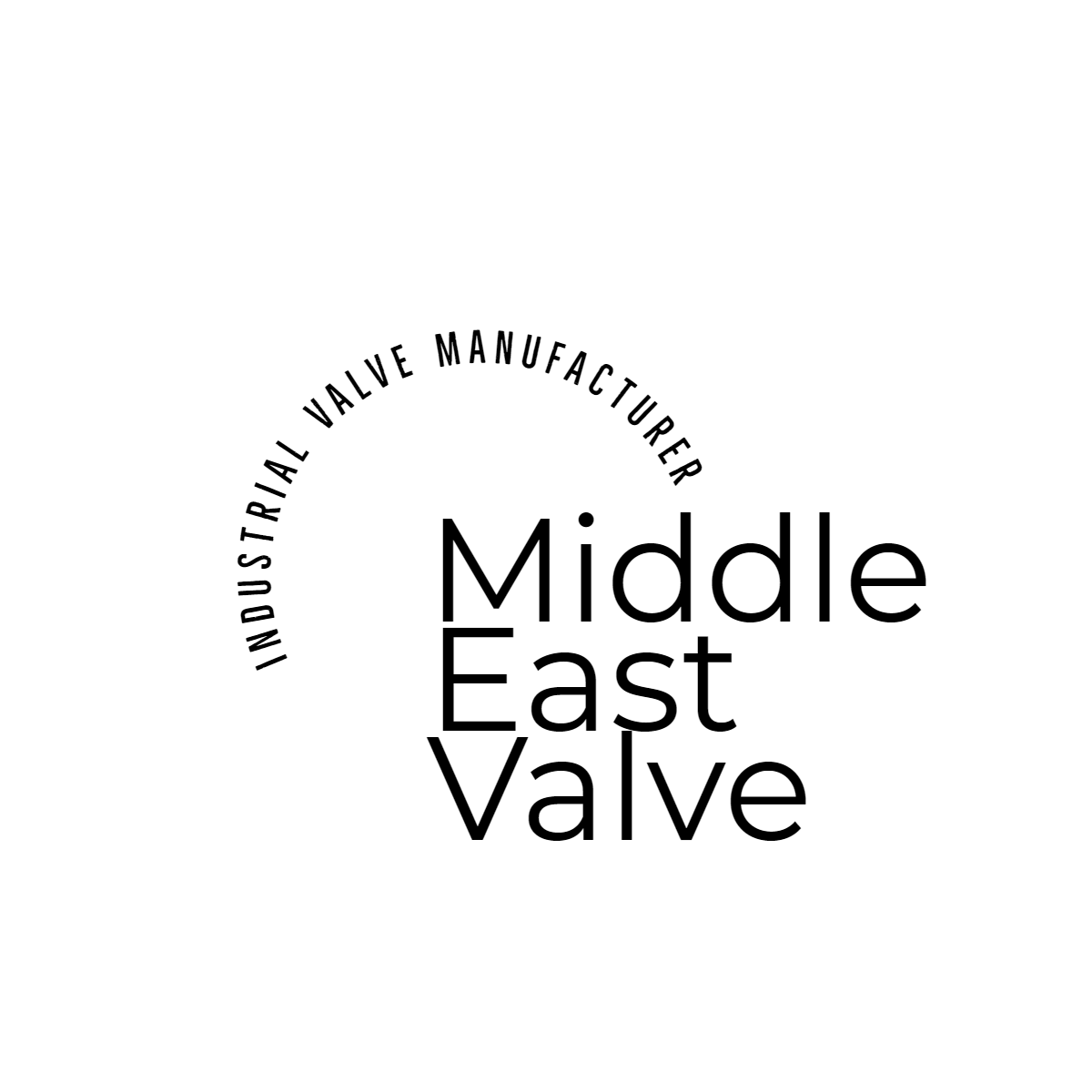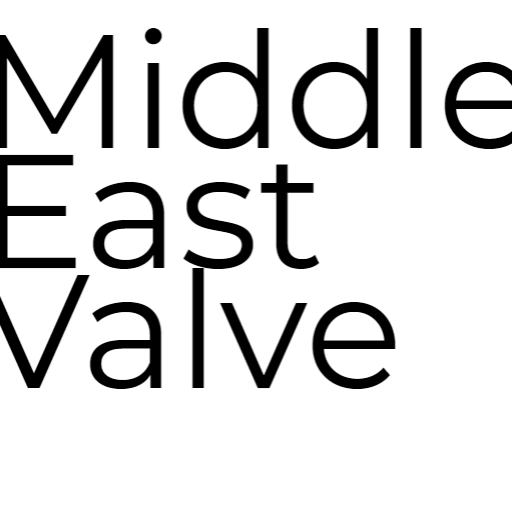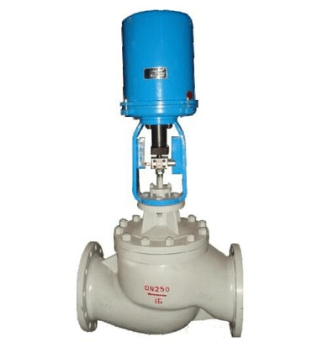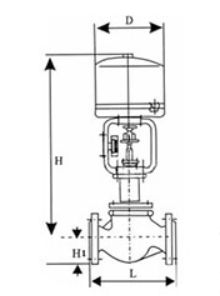- Control Valve
- Pneumatic Control Valve
- Pneumatic Angle Control Valve
- 3 Way pneumatic Diaphragm Control Valve
- 3 Way Converging and Diverging Control Valve
- Fluorine Lined Single Seat Control Valve
- Pneumatic Cage Control Valve
- Pneumatic Double Seat Control Valve
- Pneumatic Single Seat Globe Control Valve
- Pneumatic Flow Control Valve
- Pneumatic Sleeve Type Control Valve
- Pneumatic Actuated Globe Type Control Valve
- Electric Actuated Control Valve
- Pneumatic Control Valve
- Cryogenic Valve
- Pressure Reducing Valve
- Safety Valve
- Check Valve
- Gate Valve
- Butterfly Valve
- Globe Valve
- Ball Valve
- Electric Actuated Valve
- Electric Actuated Ball Valve
- Electric Actuated Butterfly Valve
- Electric Actuated Gate Valve
- Electric Actuated Globe Valve
- Pneumatic Actuated Valve
- Plunger Valve
- Strainers
- Steam Trap
- Knife Gate Valve
- Speciality Valve
- Alloy 20 Valve
- Duplex Valve
- Super Duplex Valve
- Hastelloy C276/B3 Valve
- Aluminium Bronze Valve
- Titanium Valve
- Bronze Valve
- Monel Valve
- Triple Duty Valve
- Suction Diffuser
- Diaphragm Valve
- Plug Valve
- Foot Valve
- Air Release Valve
- Surge Anticipator Valve
- Needle Valve
- Balancing Valve
Electric Cage Type Control Valve
An electric cage type control valve is a type of control valve that uses an electric actuator to control the flow of fluid through a valve. The valve’s flow is controlled by a cage, which is a cylindrical shaped component that surrounds the valve’s stem. The cage is connected to the electric actuator, which moves the cage up or down to open or close the valve. This type of valve is commonly used in industrial applications, such as process control, HVAC systems, and power plants, where precise control of fluid flow is required.
Parts
- Valve body
- Valve plug or disc
- Cage
- Stem
- Actuator
- Positioner
- Limit switches
- Solenoid valve
Advantages
- Electric cage type control valves offer precise control of fluid flow, which is important in many industrial applications where precise control is required.
- They provide fast response time, allowing for quick and accurate adjustments to fluid flow.
- These valves can be easily automated, which can increase efficiency and reduce labor costs.
- They have relatively low maintenance requirements compared to other types of control valves.
- These valves can be controlled remotely, which is useful in applications where the valve is located in a difficult-to-reach area.
- They offer a wide range of control options, including on/off, modulating, and proportional control.
- They come with limit switches and other safety features that can help prevent over travel and other safety hazards.
Industries
- Process Control Industry
- Power Generation Plants
- Water and Wastewater Treatment Plants
- Pharmaceutical Industry
- Food and Beverage Industry
- Marine Industry
Applications
- Electric cage type control valves are used to control the flow of fluids, such as water, steam, gases, and chemicals, in order to regulate the flow rate and maintain process stability.
- These valves are used to control the flow of fluids in order to regulate pressure in systems such as boilers, turbines, and compressors.
- They are used to control the flow of fluids in order to regulate the level in tanks and vessels.
- They can be used to control the flow of fluids in order to mix and blend different substances in chemical and petrochemical processes.
- They are used to control the flow of fluids in order to add precise amounts of chemicals, additives, and other substances in a process.
- Can be used to isolate and shut off fluids in systems, for example, in case of emergency or maintenance.
- They can be used for precise control of fluid flow in automation processes like in batch processing, continuous process, or in modular process control.



